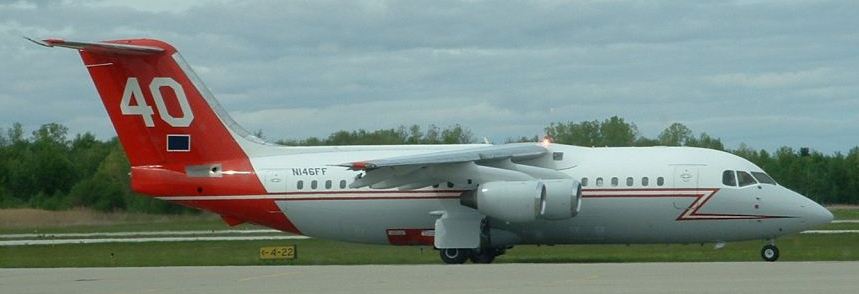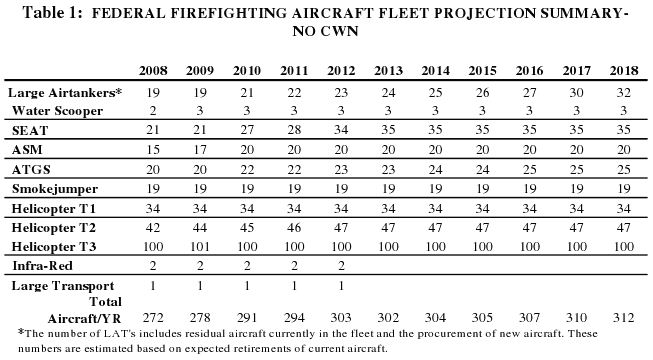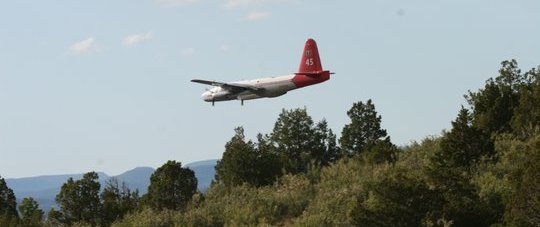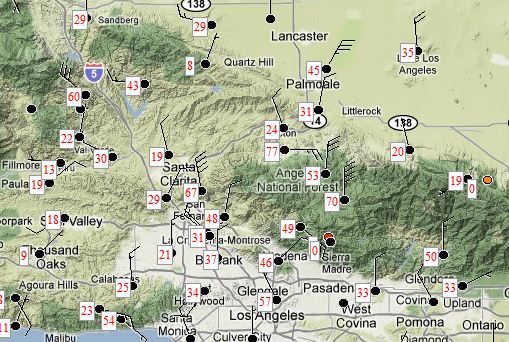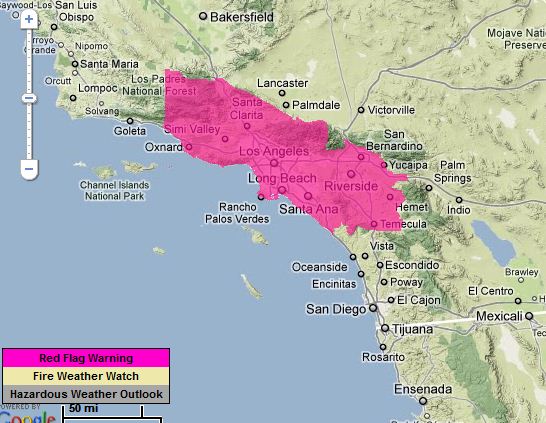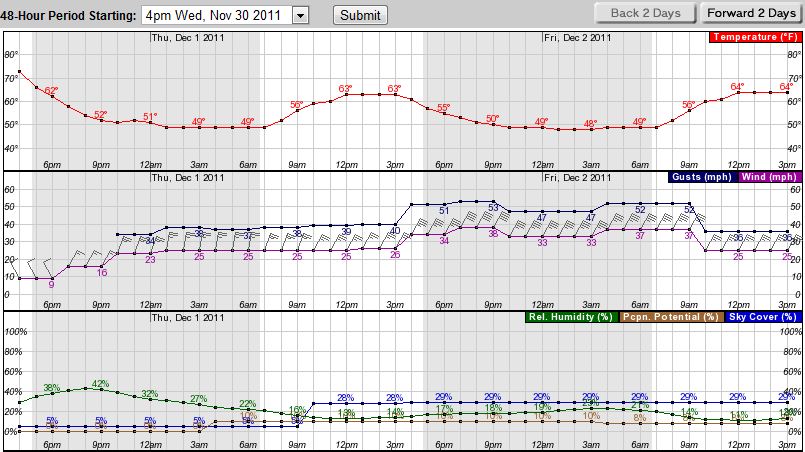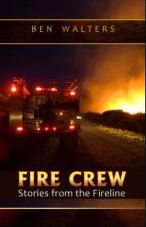 Ben Walters, a self-described “reformed party animal, former firefighter, and former school teacher” has published a book about fighting wildfires with the Bureau of Land Management titled Fire Crew: Stories from the Fireline.
Ben Walters, a self-described “reformed party animal, former firefighter, and former school teacher” has published a book about fighting wildfires with the Bureau of Land Management titled Fire Crew: Stories from the Fireline.
There are a lot of books about wildfire, but this one is unusual because Mr. Walters knows how to use words — words that convey to the reader what he was seeing through his eyes and put you there with him. His descriptions of events, what was going on and why, and what he was thinking are gripping, and are told in a self-deprecating and sometimes humorous manner without ego.
Early in Mr. Walters’ firefighting career he was a little wild and crazy. For example, when drinking his way through a boring evening at a fire station he climbed aboard a backhoe and attempted to dig a swimming pool for the engine crew. Without spoiling your future reading experience, lets just say it did not end well.
But it is not all about bad personal choices. Firefighters will see themselves or their coworkers in many of the well-told stories which were were collected from Mr. Walters’ 11-year wildland firefighting career with the Bureau of Land Management from 1993 through 2003. He started as a GS-2 rookie and worked his way up to an engine module leader, crew boss, and Type 3 Incident Commander. Then he taught junior high school for three years and later worked with a team that dismantled nuclear reactors and other radiological facilities. Along the way he collected a couple of college degrees and now is working with a team that does studies on nuclear fuel fabrication processes. He told us he “really loved fighting fire and there’s a lot of times I wish I’d never quit doing it. But you know how life goes.”
The book will be an excellent addition to your lap this month when the weather outside is frightful and you have some extra time around the holidays. It is edited by Kelly Andersson, a former editor at Wildland Firefighter magazine and author of the The Montana Ranch COOKHOUSE COOKBOOK. The cover photos were taken by Kari Greer, whose photos we have featured previously on Wildfire Today.
You can get it electronically from Smashwords where copies are available that you can read on a computer or various e-book readers. You can also get electronic or paper versions of the book at Amazon. The cost is $9.99 for electronic copies, and $17.95 for paper. If you don’t already have a Kindle e-book reader, you can get one at the Amazon/Wildfire Today store.
Below is an excerpt from the book, published here with Mr. Walters’ permission. It tells the story of Engine 311 getting stuck, or high centered, as a fire burns up to the truck and the crew.
Continue reading ““Fire Crew” — a new book about wildland firefighting”



